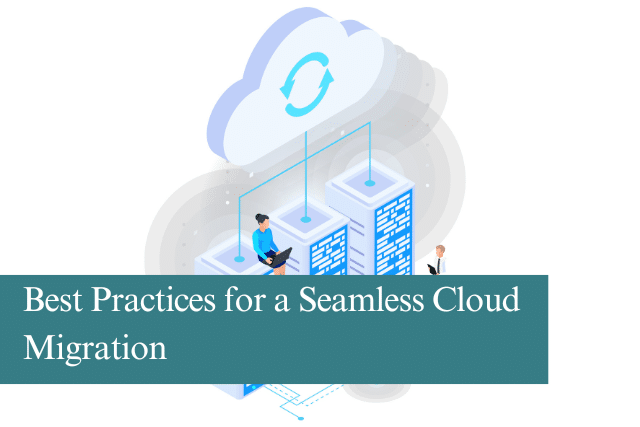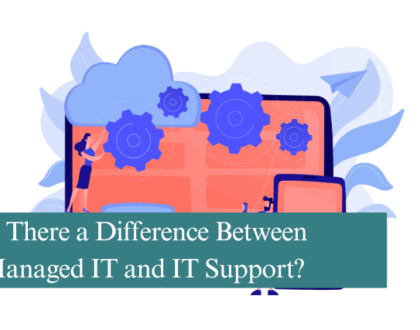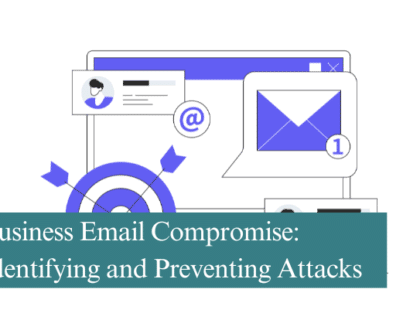
Cloud migration offers numerous benefits, from enhanced scalability and cost-efficiency to improved disaster recovery and security. However, without a well-structured plan, cloud migration can lead to service disruptions, security gaps or budget overruns. Here are the best practices to ensure a seamless and successful transition to the cloud.
Define Clear Objectives and Business Goals
Before diving into technical aspects, it’s important to establish clear business objectives. What are you hoping to achieve through cloud migration? Common goals include reducing infrastructure costs, improving system reliability, supporting remote work, or enabling advanced analytics.
By aligning your migration strategy with business goals, you ensure that the cloud solution supports long-term success. Establish KPIs to track progress, such as performance benchmarks, operational costs, or user satisfaction scores.
Conduct a Comprehensive Assessment
A thorough assessment of your existing IT environment is essential. This involves identifying:
- All applications and workloads
- Current infrastructure usage and performance
- Dependencies between systems
- Security and compliance requirements
This discovery phase helps determine what to migrate, what to retire, and what to refactor. Use automated tools to gain visibility into your infrastructure and ensure no component is overlooked.
Choose the Right Cloud Model and Provider
Not all cloud environments are created equal. Depending on your needs, you might choose between:
- Public Cloud – Ideal for scalability and cost-efficiency
- Private Cloud – Offers more control and is suited to highly regulated industries
- Hybrid Cloud – Combines the benefits of both
Evaluate cloud providers based on factors like uptime guarantees, data centre locations, pricing structures, security features, and service support. Major providers like AWS, Microsoft Azure, and Google Cloud offer different strengths, so the choice should be guided by your unique business and technical requirements.
Prioritise Security and Compliance
Security should be embedded from the outset of your migration journey. Understand how your chosen cloud provider handles:
- Data encryption (in transit and at rest)
- Identity and access management (IAM)
- Backup and disaster recovery
- Regulatory compliance (GDPR, ISO, HIPAA, etc.)
Implement security best practices such as role-based access controls, multi-factor authentication, and continuous monitoring. Work with compliance officers to ensure that sensitive data is handled appropriately throughout the migration process.
Develop a Detailed Migration Plan
Once your assessment is complete, create a step-by-step migration plan. Key elements should include:
- Migration timeline: Break the migration into manageable phases to reduce risk
- Team responsibilities: Assign clear roles to IT, security, compliance, and business units
- Rollback strategy: Ensure that you can revert to your previous environment in case of failure
- Testing protocols: Verify performance and security before full deployment
Avoid a “big bang” approach unless absolutely necessary. A phased migration allows teams to resolve issues early, train staff gradually, and refine processes as needed.
Communicate and Train
Cloud migration isn’t just a technical shift—it’s a cultural one. Poor communication can lead to resistance from users or confusion during the transition. Keep stakeholders informed with regular updates and offer training tailored to different user groups.
This includes:
- Technical training for IT teams
- End-user training for new interfaces or workflows
- Executive briefings on strategic impact
Change management plays a vital role in adoption, so invest time in helping people understand the benefits and how it affects their daily operations.
Monitor and Optimise
After migration, the journey doesn’t end. Ongoing monitoring ensures your cloud environment continues to meet performance and cost expectations. Use native cloud monitoring tools and third-party platforms to track:
- Resource utilisation
- Cost trends
- Application performance
- Security incidents
Continuously optimise your environment by rightsizing resources, automating scaling, and eliminating unused services. Regular reviews help you adapt to evolving business needs and emerging technologies.
Conclusion
Cloud migration is a transformative process that can deliver immense value when done right. By following these best practices defining goals, assessing readiness, choosing the right provider, securing your data, planning carefully, engaging stakeholders, and optimising post-migration you can significantly reduce risk and maximise ROI.
Remember, no two migrations are alike. A tailored approach, rooted in best practices and organisational needs, will always yield better results than a one-size-fits-all strategy.
Ready to Migrate with Confidence?
We specialise in secure, scalable and seamless cloud migration services. Whether you’re moving a single app or your entire infrastructure, our experts are here to guide every step of the way.
Get in touch today to schedule a free cloud readiness assessment and take the first step toward a more agile future.
Recommended Posts

Is There a Difference Between Managed IT and IT Support?
13th June 2025

How to protect yourself if your laptop is stolen
6th June 2025

